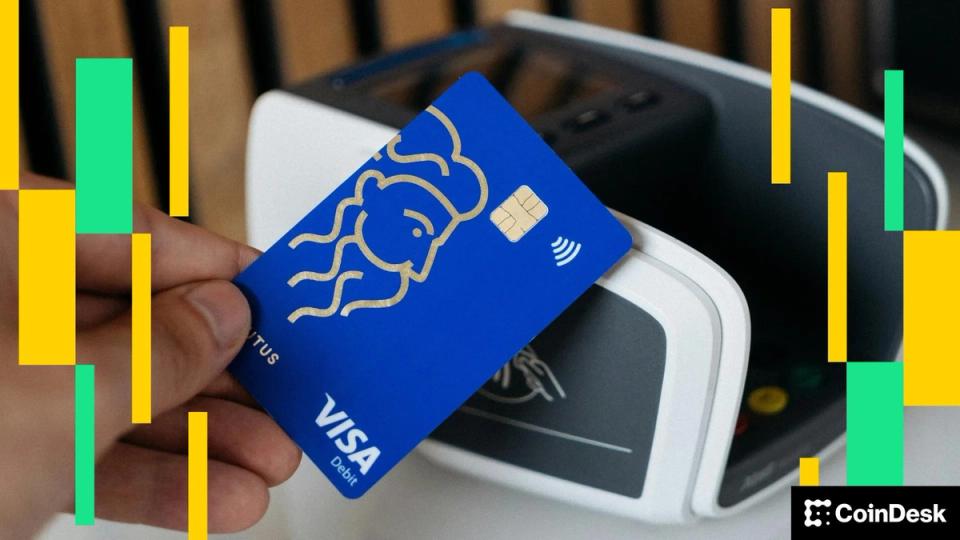Visa has built the world’s largest payments network, moving nearly $16 trillion in payments through its virtual channels. It now wants to do the same for lending in the world of decentralized finance (DeFi).
The report, titled Stablecoins beyond payments: the on-chain lending opportunity, reframes decentralized finance as “on-chain finance” – a deliberate name change aimed at making decentralized credit institution-friendly in the GENIUS Act era – and describes how banks and private credit funds could connect to it.
Visa envisions institutions acting as liquidity providers for programmable lending protocols, while providing the data, compliance and infrastructure that make participation viable. The payments network believes its familiar name and rails of trust would entice institutions – with their billions in capital – to come on board.
Visa’s white paper marks a clear shift in tone from crypto experimentation to institutional infrastructure. The company says the emerging “on-chain finance” market has already issued more than $670 billion in stablecoin loans since 2020, with lending activity reaching new highs in mid-2025.
According to Visa, this scale shows that stablecoins have evolved beyond trading tools to become the backbone of automated credit markets that operate continuously and settle instantly.
To illustrate the model, the report highlights three examples where stablecoin-based credit is already working at scale.
Morpho, a liquidity “meta layer” connects institutional wallets and exchanges like Coinbase, Ledger and Bitpanda, allowing borrowers to post tokenized bitcoins as collateral for USDC loans. Credit Coop, which Visa partners directly with, uses smart contracts to divide and redirect merchants’ receivables.
And finally, Huma Finance which supports cross-border working capital loans, automates supplier payments and recycles cash to generate double-digit annual returns.
As the report points out, Visa’s strategy closely resembles TradFi’s. There are no plans to issue tokens or directly fund loans. Rather, it is a technology play without exposure to counterparty lending risk.
Instead, the payments network wants to own the rails: the APIs, analytics, and settlement systems that allow programmable credit to connect to the traditional financial world. He would not be involved in crypto projects, but would simply facilitate connections between them and TradFi.
Just as it once transformed card payments into a global network, Visa now hopes to do the same for on-chain credit, positioning itself as the infrastructure layer of programmable finance.




